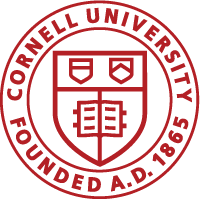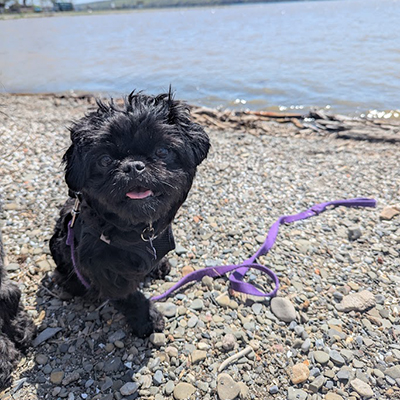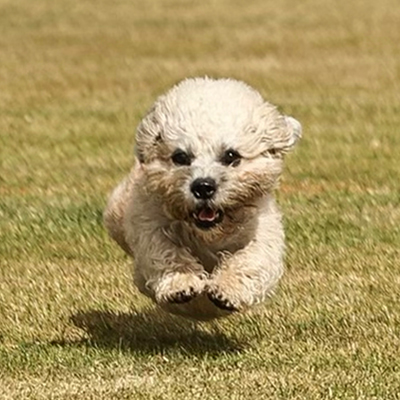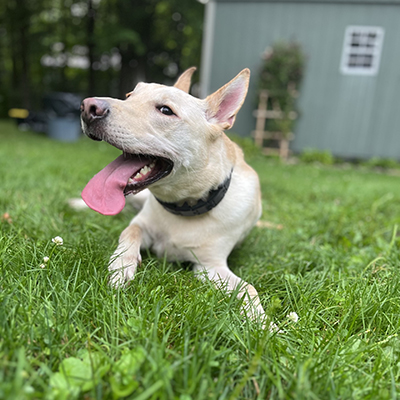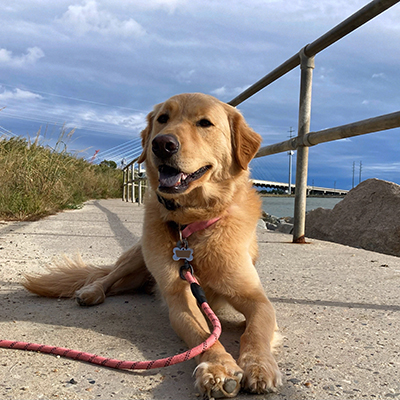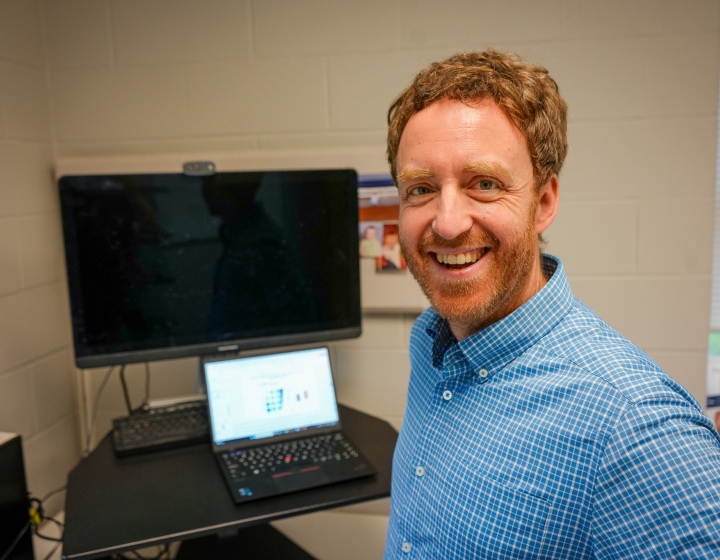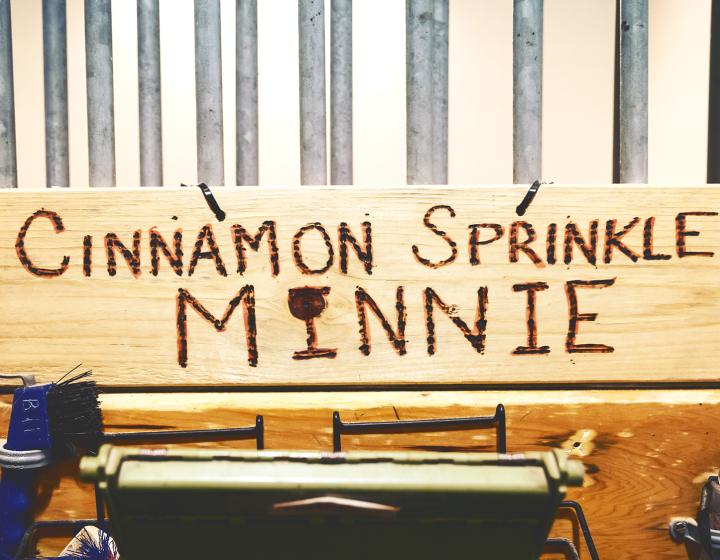Clinical Digest: Summer 2025
Tens of thousands of animals receive health and medical care at the Cornell University Hospital for Animals every year. From lizards and birds, to dogs and cats, to cows and horses, Cornell veterinarians see patients from across the country. Below are just a few of their stories in the latest Clinical Digest.
Greta, female pug mix, 1 year old
Primary service: Emergency and Critical Care
Originally found by a good Samaritan on the side of the road, Greta was brought to Cornell with a badly injured left forelimb. The Emergency and Critical Care Service stabilized her, provided pain management and assessed her wounds. Her leg was swollen and lacerated, with damaged paw pads. Veterinarians determined her leg would need to be amputated.
Because she had no owner upon arrival, the Zeppy and Bailey Fund contributed to Greta’s care on behalf of the shelter in the jurisdiction in which she was found. This fund supports treatments for animals that would otherwise not have access to veterinary care. Animals can be from shelters, low-income families or, as in Greta’s case, brought in by a good Samaritan.
Greta was soon adopted by Cornell’s own veterinary social worker, Stephanie Coco. The Primary Care Service then performed Greta’s leg amputation, and she is now fully recovered and home with Coco.
Hugo, male Dandie Dinmont Terrier, 7 years old
Primary service: Sports Medicine and Rehabilitation
Hugo came to Cornell in 2024 when his back legs stopped working. An MRI revealed multiple spinal disc extrusions (intervertebral disc disease) — a painful condition where the inside of a disc is forced outside its protective container — which were compressing his spinal cord. After surgery performed by the Neurology Service, Hugo began walking unassisted again, but required careful rehabilitation.
In addition to exercises at home, Hugo returned to Cornell to work with the Sports Medicine and Rehabilitation Service on his recovery, which included time in the underwater treadmill. This has helped him become less wobbly and more comfortable overall. After a complete recovery, Hugo experienced another painful disc extrusion in his lower back near the pelvis. The sports medicine team was able to perform a minimally invasive cortisone epidural and Hugo responded excellently. He is now enrolled back in a rehabilitation plan and doing well.
Loki, male mixed-breed dog, 5 years old
Primary service: Primary Care Surgery
In January, Loki’s family brought him to Cornell after he swallowed a piece of his roller dog toy. He was examined and diagnosed with a foreign body obstruction by the Emergency Service.
Often, rubber toys don’t show up in x-rays, so veterinarians will look for tell-tale signs of obstruction in their imaging. This brand, however, happened to make Loki’s roller toy radio-opaque, so it was uniquely visible. The Primary Care Surgery Service then performed an enterotomy on Loki — a surgery to open the small intestine and remove the foreign object. Loki did well during surgery and recovered quickly.
After passing his re-check appointment with flying colors, Loki could go back to his normal activity, be groomed and no longer had to wear his protective e-collar.
Piko, female mixed-breed dog, 6 years old
Primary service: Orthopedic Surgery
While Piko could walk when she arrived at Cornell, it was with difficulty, because she was suffering from cranial cruciate ligament (CCL) ruptures.
A dog’s CCL is the same as the ACL in humans — and while humans typically rupture their ACL in a traumatic injury, in dogs, it’s a degenerative condition that likely has a genetic component.
Piko’s care team in the Orthopedic Surgery Service performed a bilateral tibial plateau leveling osteotomy (TPLO), and removed the torn portions of her meniscus. The procedure was a success, and Piko was walking well on both hind legs with minimal support before returning home.
Want to read more stories from the Cornell University Hospital for Animals? View our dedicated news feed.

